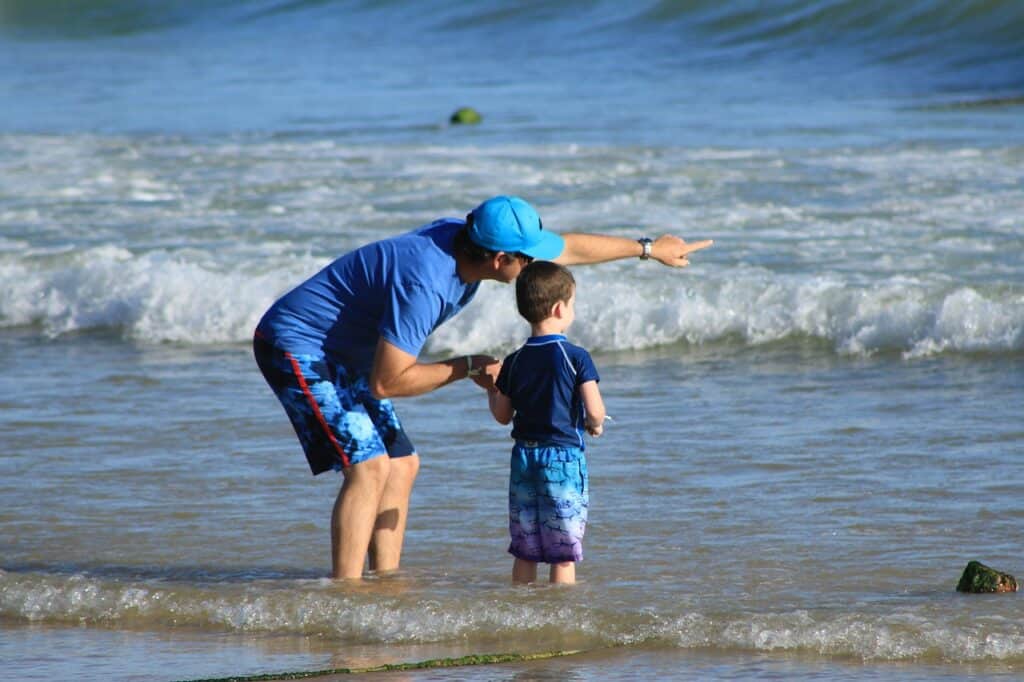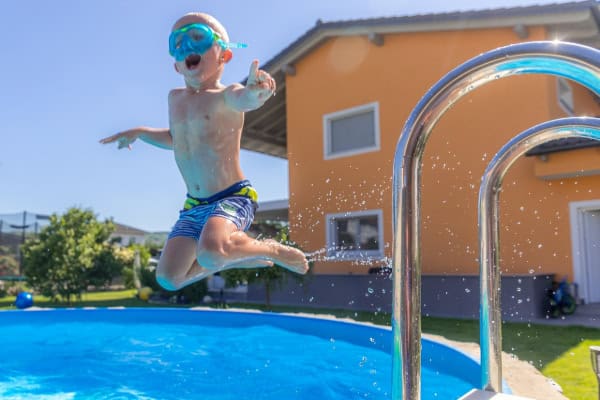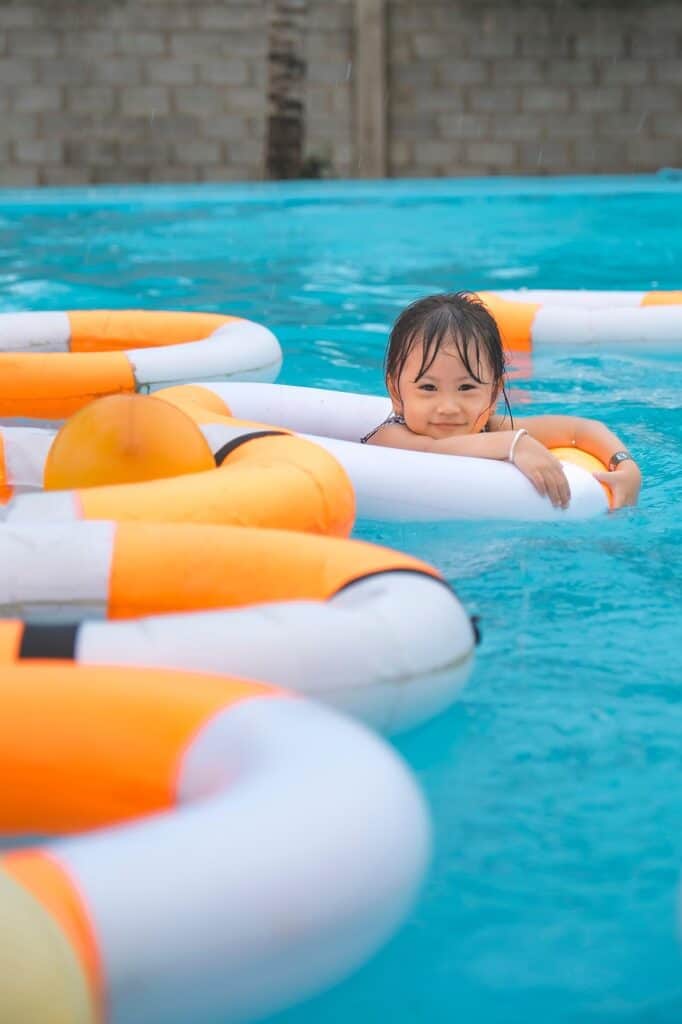What Is Water Safety and Why It Matters for LA Parents This Summer
It’s that time in L.A. again—the sun’s out, the sprinklers are on, and if you’re like me, your kids have already asked to go swimming five times before lunch. From beach days in Santa Monica to playdates at backyard pools, summer in Los Angeles is filled with water. But there’s one thing most parents forget to add to the sunscreen-and-snacks checklist: water safety. And it matters more than you think. Here’s a look at some essential tips on water safety for kids in Los Angeles.
*Editor’s Note: The post is sponsored by SwimRight Academy, and as a mother of two small children, there’s nothing more important than water safety.

So, What Is Water Safety Anyway?
Water safety isn’t just reminding your child to “be careful” before they jump in. It’s a mix of:
- Supervision (yes, even with other adults around)
- Skill-building (learning to float, swim, and react)
- Physical barriers (gates, alarms, proper equipment)
- Understanding risk (knowing when and how accidents happen)
It’s about setting up layers of protection, not relying on one thing to “be enough.” Because even shallow water can be dangerous, and even strong swimmers can get into trouble.
Why It Matters Especially in L.A.
In L.A., water isn’t just part of the scenery—it’s part of how we live. Pools are common in homes and apartment complexes. Beaches are weekend staples. And many kids grow up thinking of water as fun, not risky.
But here’s the uncomfortable truth: California ranks among the highest in the U.S. for child drownings. Many of those tragedies happen in residential pools, often during family events when multiple adults are present.
According to the California Department of Developmental Services, drowning is the leading cause of injury-related death for children under five in the state.
And it’s not just toddlers. Older kids can get into trouble too, especially when they think they know what they’re doing.

What Really Causes Water Accidents?
There are a few common misunderstandings that catch families off guard:
- “My kid is a good swimmer.” That’s great, but swimming skills aren’t the same as water safety awareness.
- “We were right there.” It only takes a moment. Distraction—even for a text or snack—can be dangerous.
- “I thought drowning looked dramatic.” It doesn’t. It’s often silent and fast.
- “They had floaties.” Floaties aren’t life-saving devices and can give a false sense of security.
Five Things Every L.A. Parent Should Know
You don’t need a lifeguard certification to improve safety. You just need the right mindset to ensure water safety for kids in Los Angeles.
- You are the lifeguard — Even when others are around, especially during group events.
- Follow the arm’s reach rule — If your child is under 5, stay within arm’s length at all times.
- Swimming is a life skill — Swim lessons aren’t optional. The earlier, the better.
- Know CPR — A few minutes learning it online can make a critical difference.
- Skip the water wings — Use Coast Guard-approved life jackets instead when needed.

When to Start Teaching Kids Water Safety
Kids as young as six months can start learning how to be safe in water. At that age, it’s about comfort and awareness, not freestyle technique. The idea is to build familiarity, reduce fear, and start creating reflexes that could one day save their life.
We’ve taken our own kids to SwimRight Academy, where safety is baked into every class. They’re not trying to train Olympians. They teach kids to respect the water, move confidently, and react calmly.
What You Can Do Right Now, Before Summer
A little planning now can set you up for a calmer summer:
- Check that all pools (yours or your neighbors’) have working self-latching gates.
- Watch a CPR demo online or take a quick class.
- Talk with your kids about what to do if they fall into the water.
- Enroll in swim lessons that teach safety, not just strokes.
Make a family rule: No swimming without an adult present—even for older kids.
FAQ: Quick Answers for Busy L.A. Parents about water safety for kids in Los Angeles
A: Not at all. Many children start later. Older kids often pick up water safety skills quickly and understand risk better.
A: Yes. Toddlers can drown in just a few inches of water. Always supervise closely, even during short playtime.
A: Lifeguards are a backup—not the main line of defense. Always stay close and keep your own eyes on your child.
A: They can tip easily and aren’t safety devices. Never rely on them for flotation or supervision.
A: They reduce the risk significantly but don’t eliminate it. Supervision is still key.
Nobody wants to be the one constantly repeating safety rules. But every parent wants their child to be safe. A little extra awareness now means more peace of mind later, so you can actually enjoy those sunny days by the water.
Written by Andrey Zlobin, editor of the SwimRight Academy blog, trusted by thousands of LA parents for swimming and water safety advice.


